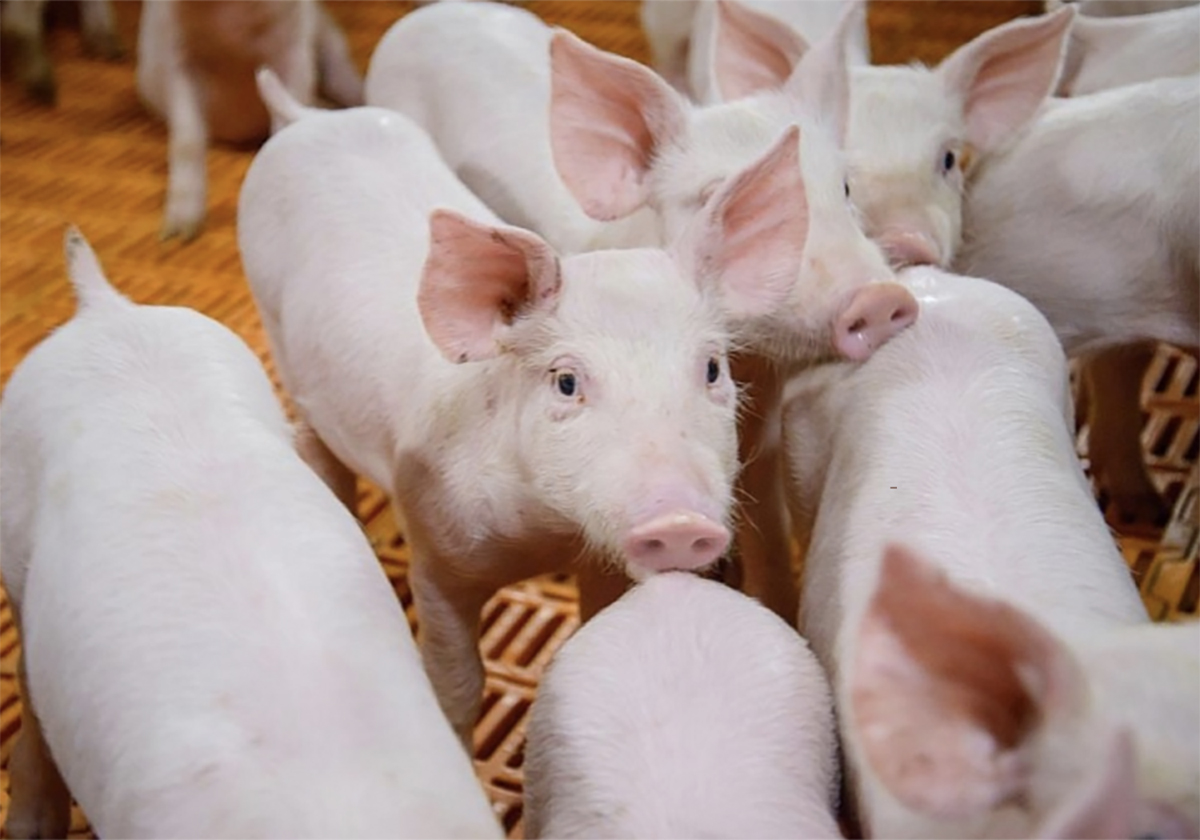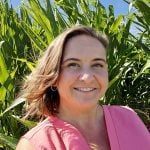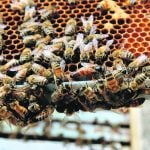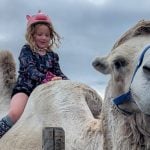ACME, Alta. – When Edward Boake jumped off the freight train at Carstairs in 1903 to seek his fortune on an Alberta homestead, he was starting a new branch of a family tree that extends back to medieval England.
The 21 year old brought a team of nearly unmanageable horses, a wagon, supplies and a few tools from the family farm in Ontario. An aunt gave him $400.
“There was nothing here and the nearest neighbour was three miles away,” said his son Bud, who is one of 11 children born to Edward and Helena Boake.
Read Also

The Western Producer Livestock Report – August 28, 2025
Western Producer Livestock Report for August 28, 2025. See U.S. & Canadian hog prices, Canadian bison & lamb market data and sales insights.
He paid $10 for the quarter and proved it up by 1907. Within a couple of years he was expanding and bought more land at $3 an acre.
“He bought five different homesteads from people who wanted to get out,” said Bud.
At the time of Edward’s death in 1951, he had accumulated 3,300 acres.
Four generations later there are 46 grandchildren, 75 great-grandchildren and 14 great-great grandchildren, most of whom live in Alberta. Last summer the family was honoured with a century farm designation from the Alberta government and the municipality.
“About 30 of them are in the agriculture industry. Not all are farming but they are connected to agriculture,” said Bud’s wife, Lil.
Today, Bud and Lil Boake live on the original homestead near Acme where the place is still farmed and Downsview Farm Shorthorns continues.
Bud and his siblings went to a country school about five kilometres away. Work on a large and busy farm along with bad weather resulted in Bud getting 700 days of education before he quit to work full time on the farm with his father and his brother Bill.
“We were the ones who stayed home and Dad said ‘if you wanted to stay and work, you got the property,’ ” said Bud.
Bill eventually moved to a nearby farm and formed Cedar Alta Shorthorns, which he runs with his grandson, Peter. Another brother Matt homesteaded at Bonanza in the Peace River district where he raises bison.
Edward Boake was an innovator.
He owned the district’s first car, first combine and first radio. He had electricity and after a serious barn fire wiped out his dairy herd of Jerseys in 1916, he invested in 20 registered Shorthorns. The original paperwork on every herd bull has been retained.
“They were the breed in those days. The original cattle were dual purpose,” said Bud.
Things were not always rosy, as Bud found out when he discovered extensive diaries in the farmhouse attic in 1968.
Edward’s writings show insight.
He commented about the weather, crop conditions and prices, plagues of grasshoppers, hail and winters without enough snow to pull the feed sleigh. There is a smattering of political commentary and predictions for the future of farming.
“Thrashing not finished till January ’33. Prices ruinous. Wheat as low as 22 cents. Hogs 2.10, Cattle 3.00. Times very hard. No snow at New Years,” he wrote in 1933.
In 1935, he wrote, “Had a fair winter. Crops fairly good. Hailstorm took most of my corse (sic) grain, wheat fairly good, prices low. No. 2 best I had. Cattle low, hogs fair. Conditions for the farmer poor. Alberta elected a damnable government (Social Credit) with a demigog (sic) named Aberheart (sic) for premier.”
He reported the winter of 1935-36 was the worst since 1905-06 for fierce blizzards and ruinous prices.
“Sold my bull calves off the cows and a few heifers … at four cents a pound. Sold some late calves in stockyards, two to three cents a pound. Feed scarce and I sold seven old cows one cent a pound…. Took an awful licking on my cattle. Looks like I will have to quit the cattle business.”
In 1937, he bought a John Deere tractor with rubber tires that proved to be a success.
He was also willing to try different crops and wrote in 1937:
“Turnips and sugar beets at the ranch did well. This country might be all right if we were sure of moisture. To make a home here we will have to have irrigation. Hardy trees do well here till we get a series of dry years then die for want of moisture. We are going to have to plant more grass and do away with bare summerfallow. When we get the humus worked out of our soil it is very susceptible to drifting. And if we let our top six inches of soil blow away we may as well blow too, as our fertility is gone.”
Sugar beets and turnips were fed to cattle.
“This year I have been trying roots with some success. One thing certain. You will not burn your beasts out as with barley.”
Times improved and his Shorthorn cattle became synonymous with quality. Cattle were shipped by the carload to the United States. Bud continued the export trend and sold Shorthorns to Scotland. One bull, Downsview Roan Mist, was a grand champion at the Edinburgh, Scotland, livestock show and earned them a special medal from the Queen.
As avid Shorthorn breeders, the Boakes travelled the world with their cattle. Bud judged cattle and could assess carcass quality of live animals. He learned some of his lessons early when he started showing calves at age 10.
Attending his first steer show at the Calgary Stampede, he and his brother Bill got a comeuppance when they placed at the bottom of a class of 30 animals.
Bud eventually became a renowned showman and respected judge on the international circuit. He was chair of the Calgary Stampede Beef Committee for 25 years and is the only surviving life director of Canadian Western Agribition.
They never strayed from the breed and in recent years at the Calgary Stampede carcass competition their Shorthorn steers have placed in the top five of more than 30 entries.
They do not use embryo transplants or artificial insemination on their cattle because Bud believes natural breeding produces better results.
And they are still innovating. They send yearling bulls to Western Feedlots on a retained ownership basis and then sell them to Cargill Foods at High River, Alta., where they are paid by grade. Their cattle consistently grade between 60-70 percent AAA.
Overall, it has been a good run as the next generation of Boakes take over. The Shorthorns continue to pay their way and the land remains fertile a century after it was broken by the plow.
“This country has always been good to us if you look after it right. We have always had something,” said Bud.

















